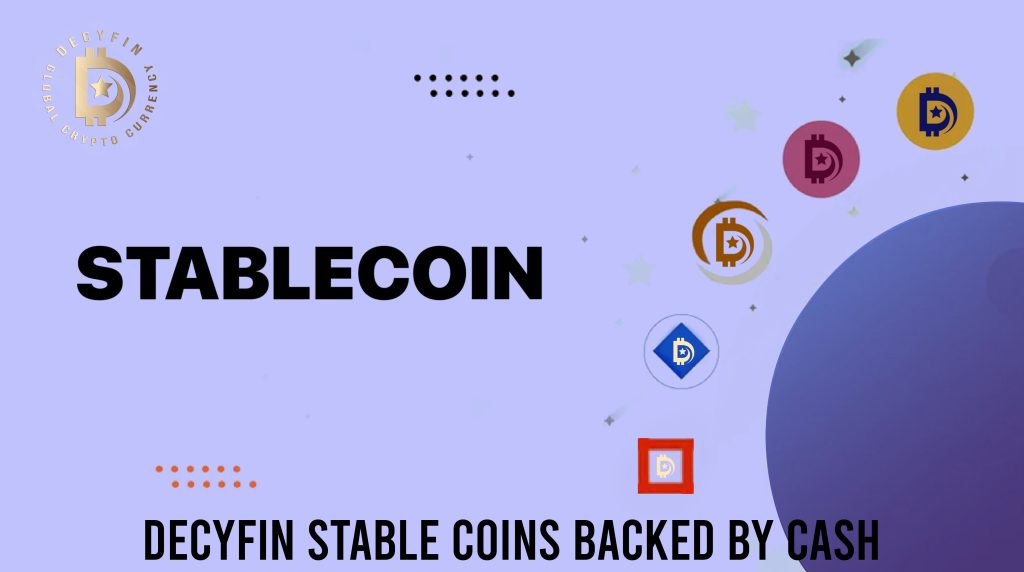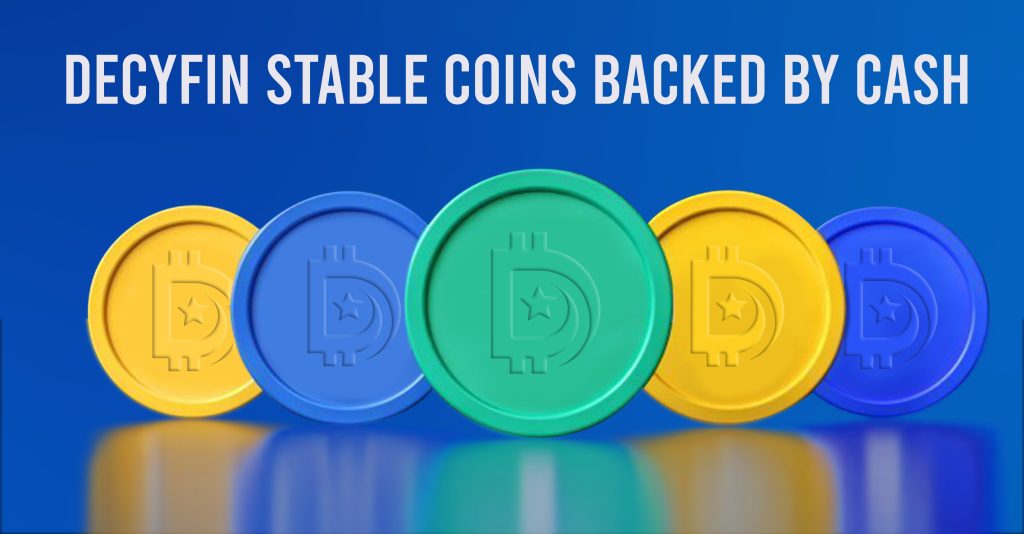Stablecoins: The Safest Way to Invest in Crypto
In the world of cryptocurrencies, stablecoins have become well-known for their ability to provide stability in an otherwise volatile market. These digital assets combine the dependability of traditional fiat currencies with the efficiency of blockchain technology. In this article, we will explore the world of stablecoins, examining their purpose, mechanics, and their impact on the global financial landscape.
What is a Stablecoin?
A stablecoin is a type of cryptocurrency that is intended to have a stable value, typically linked to a specific reserve asset or a basket of assets. Stablecoins are designed to maintain a relatively constant value over time, unlike traditional cryptocurrencies like Bitcoin or Ethereum, which can experience significant price volatility. This stability makes them suitable for a variety of applications, such as digital payments, remittances, and as a unit of account in decentralized applications (DApps).

What are the Types of Stablecoins?
Stablecoins can be categorized into several types based on their underlying mechanisms and how they achieve price stability. Let us take a look at the most common types of stablecoins:
Fiat-Backed Stablecoins
These stablecoins are backed by reserves of fiat currencies, such as the US dollar (USD), euro (EUR), or other government-issued currencies. In general, each stablecoin issued is backed 1:1 by the corresponding amount of the reserve currency held in a bank account or custodial arrangement.
Examples include:
- Tether (USDT)
- USD Coin (USDC)
- TrueUSD (TUSD)
- Paxos Standard (PAX)
Crypto-Backed Stablecoins
Stablecoins can also be backed by a reserve of other cryptocurrencies, which is often referred to as collateral. This means that users must lock up a certain amount of cryptocurrency (e.g., Ethereum, Bitcoin) as collateral in order to mint stablecoins. The value of the collateral is usually higher than the stablecoin supply in order to ensure stability.
Examples include:
- MakerDAO’s DAI
- sUSD (Synthetix USD)
- Rai Reflex Index (RAI)
Algorithmic Stablecoins
Unlike other stablecoins, these do not use collateral to maintain their value. Instead, they rely on algorithms that adjust the supply of the coins based on market demand and other factors. This helps to keep the value of the coins stable and prevents them from fluctuating too much.
Examples include:
- DAI (DAI)
- Ampleforth (AMPL)
- FRAX (FRAX)
Commodity-Backed Stablecoins
These stablecoins are backed by real-world assets, such as precious metals (e.g., gold-backed stablecoins) or commodities (e.g., oil). As you probably guessed, the stablecoin’s value is tied to the value of the underlying asset.
Examples include:
- Tether Gold (XAUT)
- DigixDAO (DGX) – gold-backed stablecoin

What are Stablecoins Used For?
Stablecoins have a wide range of use cases within the cryptocurrency ecosystem and the broader financial industry due to their stable and predictable value. Here are some common use cases for them:
Digital Payments
Stablecoins are used as a medium of exchange for digital transactions. They offer the advantages of cryptocurrencies, such as fast and low-cost cross-border payments, without the price volatility that can be associated with other cryptocurrencies like Bitcoin or Ethereum.
Remittances
Stablecoins can be used for remittances, allowing individuals to send money across borders quickly and at a lower cost compared to traditional remittance services. Workers can send money back to their families in their home countries with reduced fees and faster settlement times.
Trading and Speculation
Traders and investors often use stablecoins as a safe haven during periods of high cryptocurrency market volatility. They can quickly move their funds into stablecoins to preserve their capital and reduce exposure to price fluctuations.
Decentralized Finance (DeFi)
Stablecoins are a foundational element of the DeFi ecosystem. They serve as a stable unit of account, allowing users to interact with decentralized lending and borrowing platforms, decentralized exchanges (DEXs), and yield farming protocols. Many DeFi projects use stablecoins for liquidity pools and collateral.
Smart Contracts and DApps
Stablecoins are used within smart contracts and decentralized applications (DApps) to facilitate various functions, such as executing financial agreements, triggering actions, or providing rewards. They offer a predictable value within these applications, making them suitable for various purposes.
Hedging Against Cryptocurrency Volatility
Cryptocurrency traders and businesses often use stablecoins as a way to hedge against the price volatility of other cryptocurrencies. When market conditions are uncertain, they can move their assets into stablecoins to avoid potential losses.
Tokenization of Assets
Stablecoins can be used to represent real-world assets like real estate, stocks, and bonds on blockchain platforms. This process, known as asset tokenization, allows for easier transfer and fractional ownership of traditionally illiquid assets.
Cross-Border Trade and Commerce
Businesses engaged in international trade can use stablecoins for cross-border transactions, reducing currency conversion costs and delays associated with traditional banking systems.
Savings and Financial Services
Some platforms and financial services providers offer savings accounts and profit making products denominated in stablecoins. Users can earn money on their stablecoin holdings, which can be more attractive than traditional savings accounts in some cases.
Fundraising and Token Sales
Stablecoins are sometimes used as a stable and transparent means of raising funds in initial coin offerings (ICOs) or security token offerings (STOs). They provide a stable value to contributors while allowing projects to raise capital.
Invest in Stability Today

The key takeaway is that when it comes to cryptocurrency, stablecoins offer a reliable option because they blend digital innovation with financial security. So, whether you are a trader, a DeFi enthusiast, or just seeking financial stability, consider investing in stablecoins. Your journey to a more secure financial future begins today!
